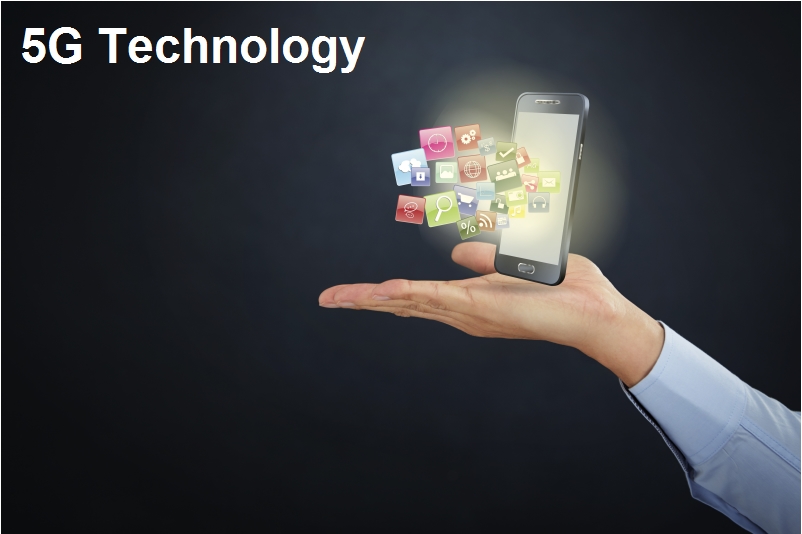If we look back, we will find that every next decade, one generation is advancing in the field of mobile technology. Starting from the First Generation (1G) in 1980s, Second Generation (2G) in 1990s, Third Generation (3G) in 2000s, Fourth Generation (4G) in 2010s, and now Fifth Generation (5G), we are advancing towards more and more sophisticated and smarter technology.

What is 5G Technology?
5G is the fifth generation technology standard for broadband wireless networks. Cellular phone companies started introducing internationally in 2019 and are the expected counterpart to the 4G networks that link most existing cellphones.
5G networks, like their predecessors, are digital cellular networks with coverage areas separated into small regional cells.
The 5G wireless devices in a cell communicate with a local antenna array and low-power automated transceiver (transmitter and receiver) in the cell via radio waves, using frequency channels allocated by the transceiver from a pool of frequencies that are reused in other cells. Local antennas are connected to transmission electronics connected to telephone network switching centers and routers through high-bandwidth optical fiber or wireless backhaul connections for Internet access.
A mobile device switching from one cell to another is seamlessly handed over to the current cell, just like in other cell networks.
5G can accommodate a million devices per square kilometer, while 4G can only support a tenth of that. Since the new networks use 4G to create the link with the cell and in areas where 5G connectivity is not accessible, the new 5G wireless devices will have 4G LTE capabilities.
Many network operators use millimeter waves for increased capacity and throughput. Since millimeter waves have a narrower range than microwaves, the cells can only be as small as they are Millimeter waves have a harder time going through building walls as well.
Millimeter-wave antennas are smaller than previous cellular networks’ large antennas. Some only measure a few centimeters in length. Massive MIMO (multiple-input multiple-output) was first used in 4G in 2016, with each cell usually containing 32 to 128 small antennas.
It can boost efficiency by 4 to 10 times with the right frequencies and configuration. Data is transmitted in several bit streams at the same time. The base station computer will continuously determine the best route for radio waves to reach each wireless device using a technique known as beam forming. It will organize several antennas to work together as phased arrays to produce millimeter-wave beams to reach the device.
 Dinesh Thakur holds an B.C.A, MCDBA, MCSD certifications. Dinesh authors the hugely popular
Dinesh Thakur holds an B.C.A, MCDBA, MCSD certifications. Dinesh authors the hugely popular